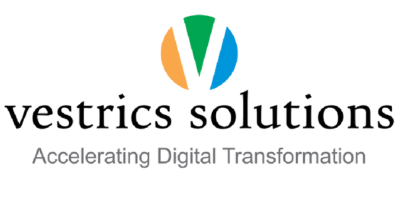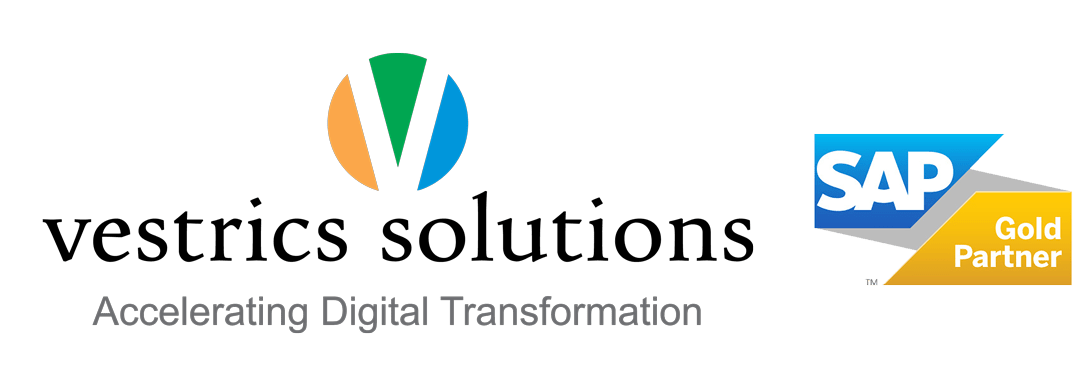How can SAP S/4 HANA Cloud Solution Help Mid-Size Companies Grow and Compete in the Global Market
As the business landscape continues to evolve, mid-size companies face increasingly complex challenges in maintaining competitiveness in the global market. These companies require modern solutions to help them manage their operations efficiently, gain insights into their business performance, and optimize their decision-making processes. This is where SAP S/4HANA Cloud becomes a viable solution for mid-size companies looking to scale and compete with larger enterprises. SAP S/4HANA Cloud is an Enterprise Resource Planning (ERP) system that provides a range of features and capabilities to help mid-size companies streamline their operations, improve their productivity, and make better business decisions. In this blog, we’ll explore how the SAP S/4HANA Cloud solution can help mid-size companies grow and compete in the global market. Improved Operational Efficiency One of the key benefits of the SAP S/4HANA Cloud solution is that it can help mid-size companies improve their operational efficiency. With a range of features, such as streamlined financial management, optimized procurement and supply chain management, and real-time inventory management, the SAP S/4HANA Cloud solution can help companies reduce costs and increase their productivity. For example, the solution’s financial management capabilities enable mid-size companies to automate financial processes, gain real-time insights into financial data, and simplify their financial reporting helping companies optimize their financial operations, reduce the risk of errors, and save time and resources. Similarly, the solution’s procurement and supply chain management capabilities enable mid-size companies to automate procurement processes, optimize inventory levels, and improve supplier relationships. Companies can reduce procurement costs, minimize inventory waste and improve their overall supply chain efficiency. Real-Time Insights and Analytics Another key benefit of the SAP S/4HANA Cloud solution is its real-time insights and analytics capabilities. With the solution’s built-in analytics tools, mid-size companies can gain real-time visibility into their business performance, make data-driven decisions, and identify expansion possibilities. For example, the solution’s analytics tools enable mid-size companies to track key real-time performance indicators (KPIs), such as sales performance, inventory levels, and customer satisfaction. This helps companies identify trends and patterns in their business performance and take proactive measures to improve their operations. In addition, the solution’s analytics tools also enable mid-size companies to perform predictive analytics, such as forecasting future sales, identifying potential risks, and optimizing inventory levels, helping companies make more informed and accurate decisions and respond quickly to changing market conditions. Scalability and Flexibility Another benefit of the SAP S/4HANA Cloud solution is its scalability and flexibility. As mid-size companies grow and expand, they need an ERP solution that can adapt to their changing needs and requirements. The SAP S/4HANA Cloud solution is designed to be highly scalable and flexible, allowing mid-size companies to easily add new features and functionality as their business needs evolve. For example, as mid-size companies expand their operations into new regions or markets, they may need to support additional languages or currencies. The SAP S/4HANA Cloud solution can easily accommodate these requirements, enabling companies to scale their operations without disruption. Similarly, the solution’s modular design allows mid-size companies to add new features and functionality, such as adding new sales channels or integrating with third-party systems, helping companies stay agile and competitive and respond quickly to changing market conditions. Improved Customer Experience SAP S/4HANA Cloud solution can help mid-size companies improve their customer experience. With the solution’s customer relationship management (CRM) capabilities, mid-size companies can manage their customer interactions more effectively and deliver personalized and engaging experiences. For example, the solution’s CRM capabilities enable mid-size companies to track customer interactions across multiple channels, such as email, phone, and social media. This helps companies gain a 360-degree view of their customers, understand their needs and preferences, and provide personalized support and services. In addition, the solution’s marketing and sales capabilities enable mid-size companies to create targeted marketing campaigns, manage their sales processes, and track customer engagement. Due to this, companies improve their lead generation, increase conversion rates, and drive revenue growth. Enhanced Security The SAP S/4HANA Cloud solution offers robust security features that can help mid-size companies protect their sensitive business data and reduce the risk of cyber attacks. With features such as data encryption, role-based access control, and continuous monitoring, the solution can help companies comply with data protection regulations and industry standards. Moreover, the solution also provides regular software updates and patches, which can help mid-size companies stay up-to-date with the latest security features and best practices and reduce the risk of security breaches. Improved Collaboration and Communication The SAP S/4HANA Cloud solution can also help mid-size companies improve collaboration and communication within their organization. With the solution’s integrated collaboration tools, mid-size companies can facilitate communication and knowledge-sharing among their employees, departments, and business partners. For example, the solution’s collaboration tools can enable employees to share documents, calendars, and tasks and collaborate on projects in real time. This way, companies can improve their productivity, reduce the risk of errors, and foster a culture of teamwork and innovation. Streamlined Compliance and Reporting The SAP S/4HANA Cloud solution can help mid-size companies streamline their compliance and reporting processes. With the solution’s built-in compliance features, mid-size companies can automate compliance tasks, ensure regulatory compliance, and reduce the risk of penalties and fines. For example, the solution’s compliance features can enable mid-size companies to automate tax calculations, generate audit reports, and ensure compliance with financial reporting regulations. This can help companies save time and resources and focus on their core business activities. Lower Total Cost of Ownership Finally, the SAP S/4HANA Cloud solution can help mid-size companies lower their total cost of ownership (TCO). With the solution’s subscription-based pricing model, mid-size companies can avoid upfront capital expenditures and pay only for the features and services they need. Moreover, the solution’s cloud-based architecture can also help mid-size companies reduce their IT infrastructure and maintenance costs. With the solution’s cloud-based deployment, mid-size companies can do away with on-premises hardware and software and rely on the cloud provider to manage the system updates, maintenance, and security. Conclusion In conclusion, the SAP S/4HANA Cloud solution can provide mid-size













